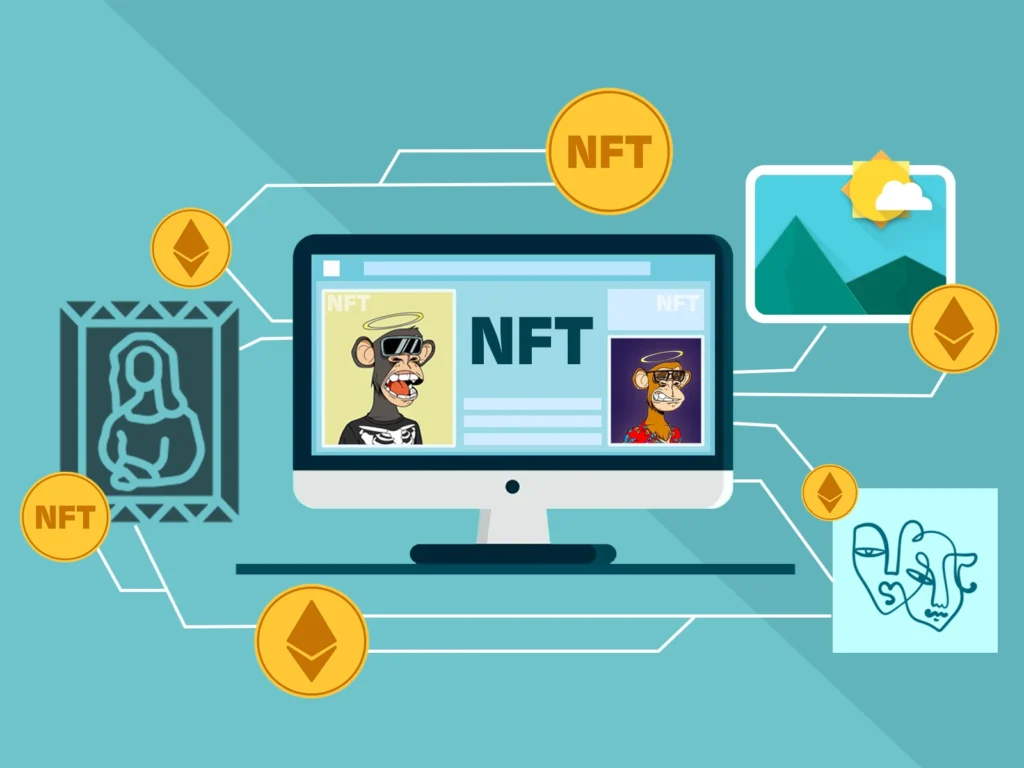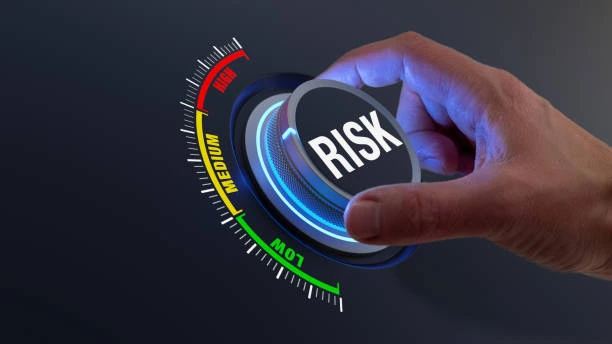A Beginner’s Guide to Web3 in Southeast Asia: Why It Matters
What Is Web3, and Why Should Southeast Asia Care?
Web3 Southeast Asia: If you’ve been hearing the word Web3 a lot lately and aren’t quite sure what it means — you’re not alone. Web3 is the next version of the internet, where power shifts away from big companies and moves into the hands of users. It’s built on blockchain technology and includes things like cryptocurrencies, NFTs, decentralized finance (DeFi), and more.
Now, here’s something exciting: Southeast Asia — with countries like the Philippines, Indonesia, Vietnam, and Thailand — is becoming one of the most active and promising regions for Web3 adoption. Let’s explore why.
Why Web3 Fits Southeast Asia So Well


There are a few big reasons why Web3 is starting to take off in this region — and why it actually makes sense here:
- Lots of people, not many banks: Millions in Southeast Asia don’t have access to traditional banking. But they do have smartphones. That’s where Web3 tools can step in.
- Young and tech-savvy population: A large portion of the region’s population is under 30. They’re online, curious, and ready to try new digital tools — including crypto and NFTs.
- Strong community spirit: Web3 is all about communities. In Southeast Asia, many people are used to helping each other out in tight-knit groups, which makes them a natural fit for decentralized tools like DAOs (Decentralized Autonomous Organizations).
What Are Governments Doing About Web3?

Governments in Southeast Asia are starting to pay attention to Web3 — some more than others.
- Singapore is leading the way with clear laws for crypto and support for blockchain startups.
- Thailand and Indonesia are creating rules to protect users while still allowing innovation.
- Other countries are still figuring things out, but conversations are happening — and that’s a good sign.
Real Ways People Are Using Web3 in Southeast Asia

Let’s make this even more practical. Here are some real examples of how people in Southeast Asia are already using Web3 today:
- Sending money across borders: Many workers in Southeast Asia work overseas and send money back home. Using crypto makes this faster and cheaper.
- Building digital identity: Some people don’t have formal ID documents. Blockchain can help create secure, tamper-proof digital IDs.
- Earning through games and art: Play-to-earn games and NFTs have helped gamers and artists earn money directly online, especially in the Philippines and Malaysia.
- Community-run projects: Some villages and groups are testing DAOs — where people vote and manage resources together, all using Web3 tools.
Are There Any Risks or Problems?

Yes — Web3 isn’t perfect. Here are a few things to watch out for:
- Internet and power issues: Not everyone has reliable internet or electricity, which can limit access.
- Scams and frauds: Sadly, some people use crypto to trick beginners. Always do your research and never invest more than you can afford to lose.
- Learning curve: Web3 tools can feel confusing at first. But as more people learn and teach each other, it’s getting easier.
What’s Next for Web3 in Southeast Asia?

It’s still early, but the momentum is strong. Entrepreneurs are launching apps. Creators are reaching global fans. Even banks and local governments are beginning to explore how Web3 can help solve real-world problems.
If you’re in Southeast Asia, this is a great time to start learning about Web3. Whether you’re a student, a small business owner, or just curious — this technology might soon be part of everyday life.
Final Thoughts: Start Small, Stay Curious

Don’t worry if it all feels overwhelming. Everyone starts somewhere. Read articles, join online communities, and try out simple apps. Web3 isn’t just for tech experts — it’s for anyone who wants to be part of a more open, fair digital world.
And in that world, Web3 Southeast Asia is quickly becoming a leader. Who knows — the next big idea might come from your town, your phone, or maybe even… you.
Relevent news: Here




